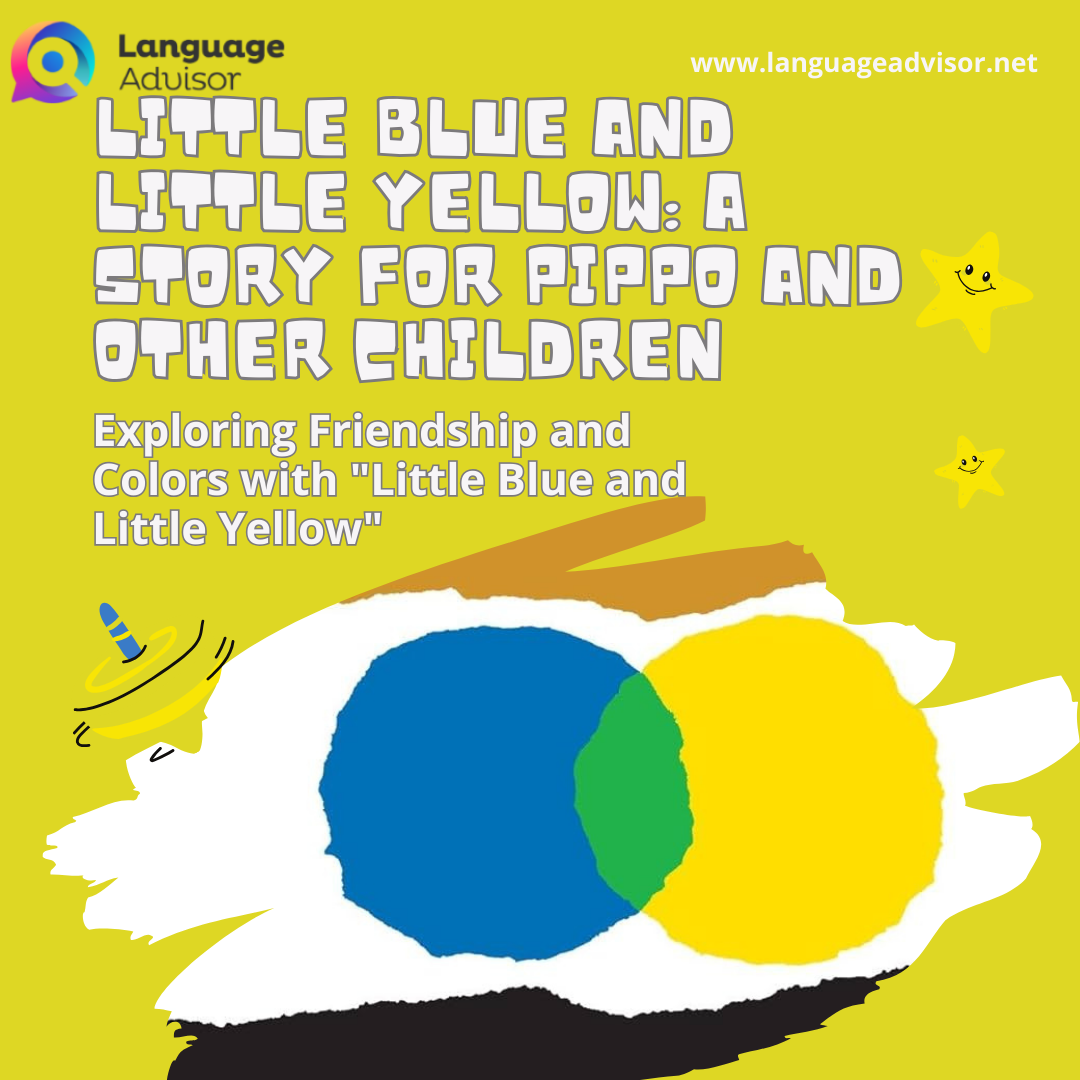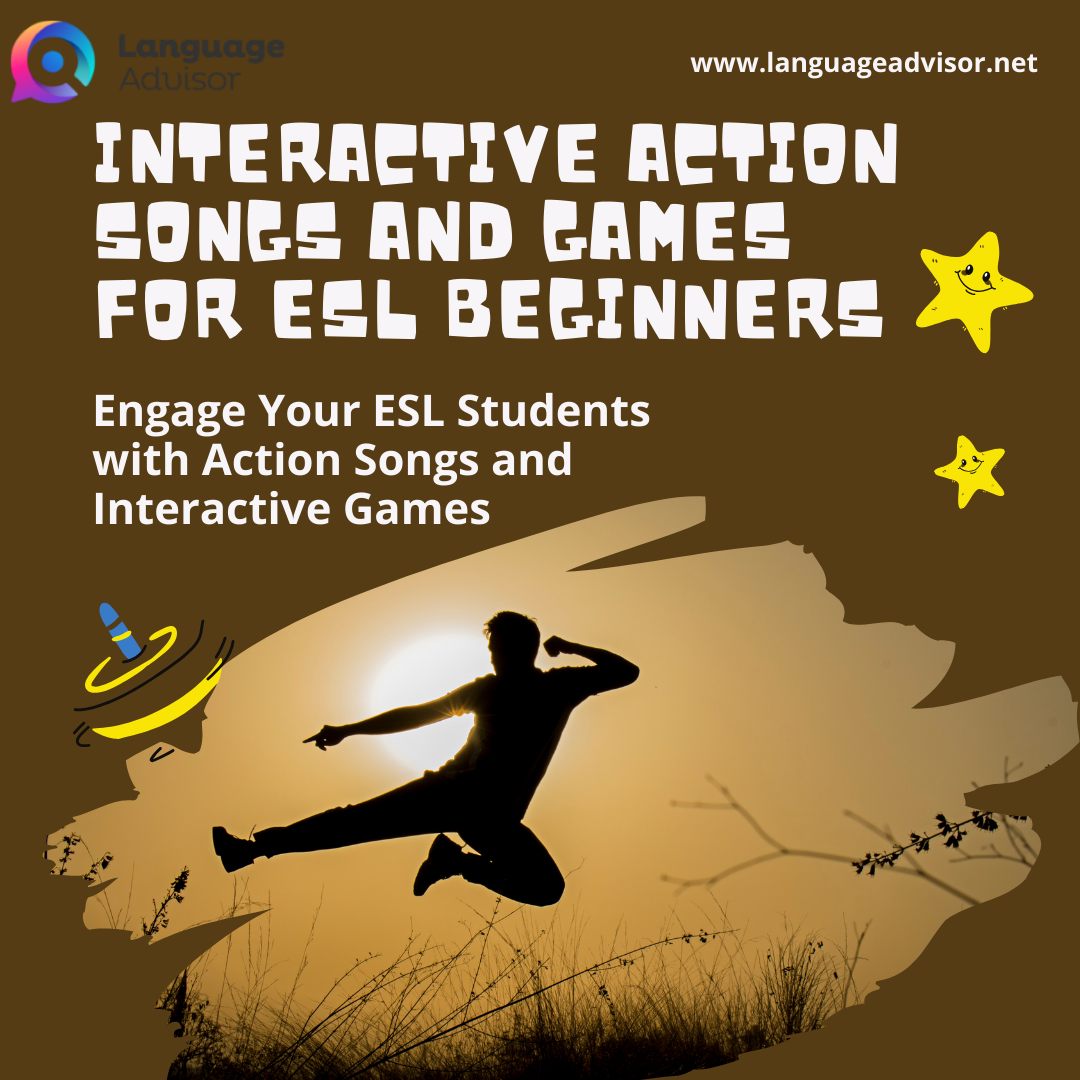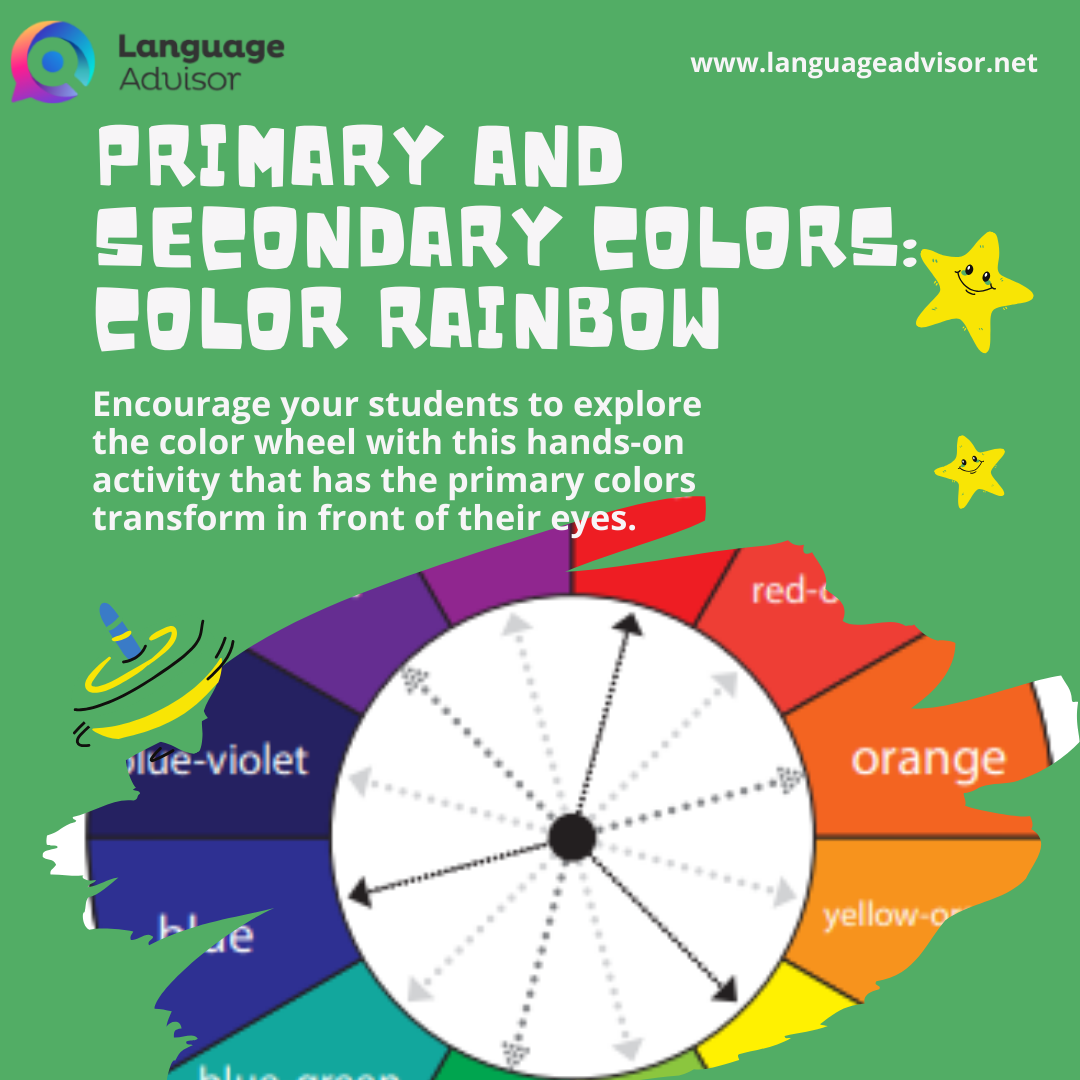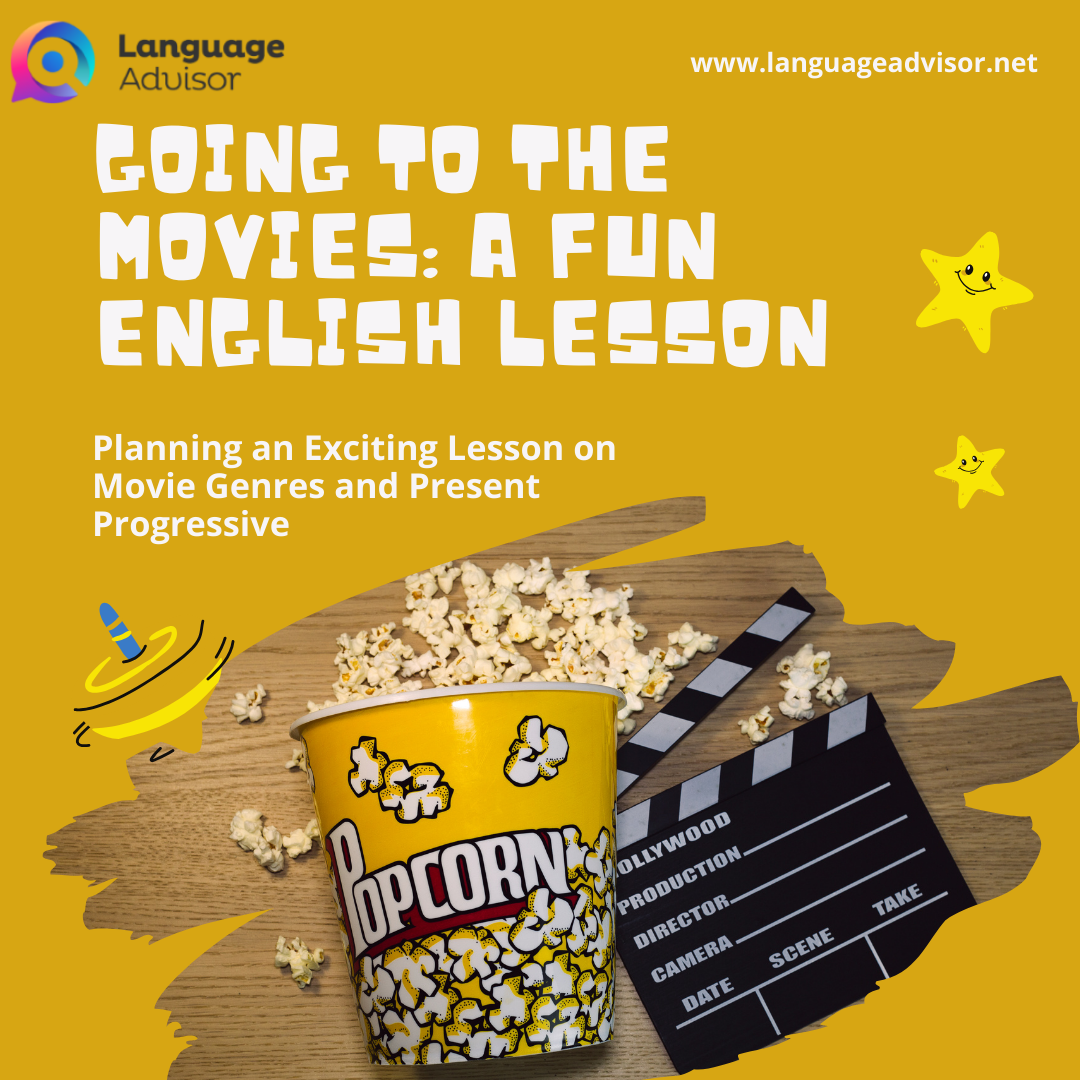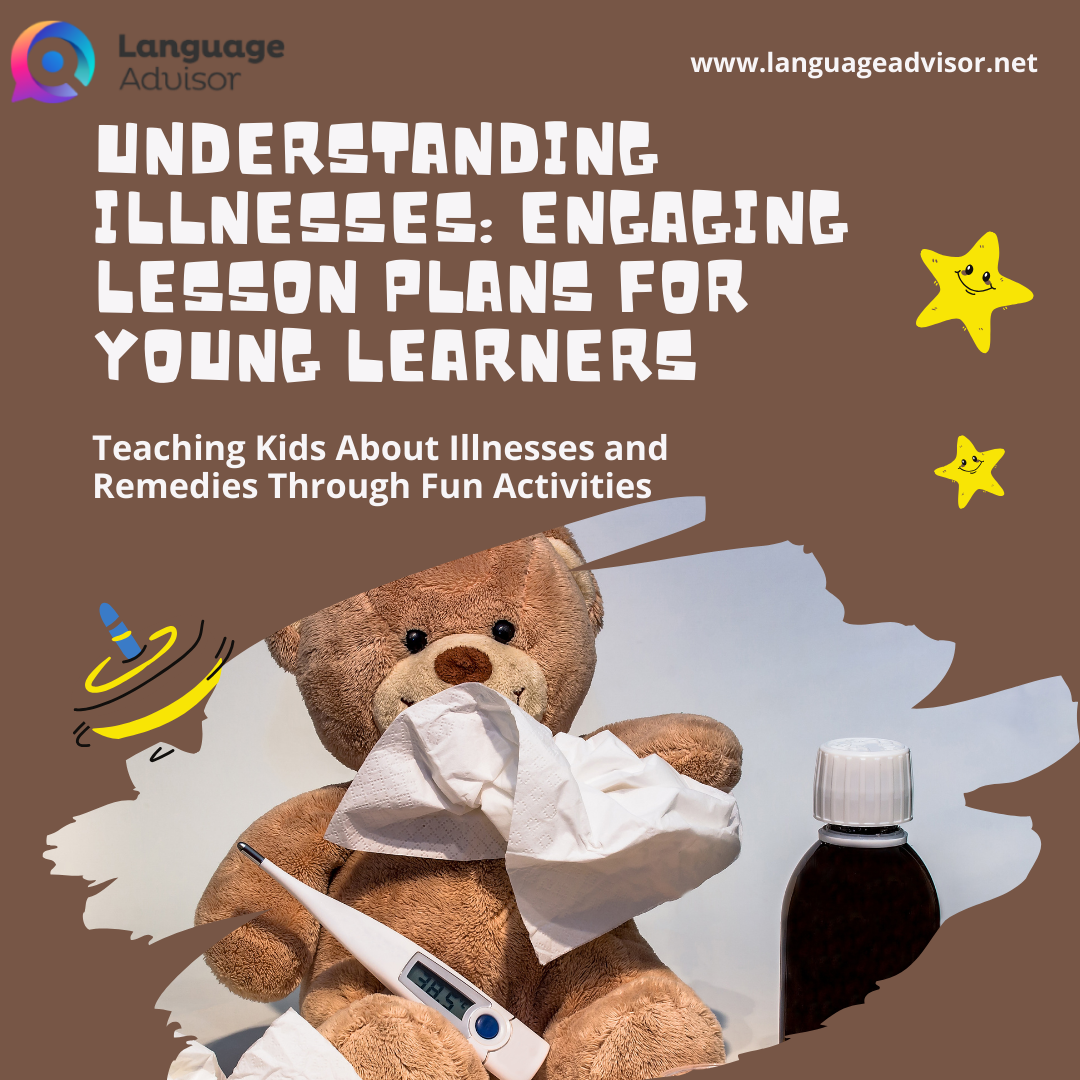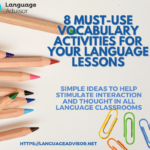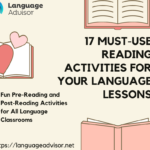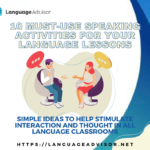9 Must-Use Warm-Up Activities For Your Language Lessons. Simple ideas to activate background knowledge, intrigue students, and gives them access to all that they know.
9 Must-Use Warm-Up Activities For Your Language Lessons
This reaction can be carried out under anhydrous conditions with a minimum amount of moisture present, e.g. I have to take it twice a day, and i take one in Ramona the morning. Goodrx, also known as glucocorticoids, are steroids that suppress inflammation by decreasing the activity of inflammatory enzymes.
9 Must-Use Warm-Up Activities For Your Language Lessons. Fun Warm-Up Activities for All Language Classrooms
9 Must-Use Warm-Up Activities For Your Language Lessons
A list of 9 Must-Use Warm-Up Activities For Your Language Lessons to activate background knowledge, intrigue students, and gives them access to all that they know.
A proper warm-up activity can accomplish several purposes. First of all, warm-up activities can bridge old to new information, thus leading students to make a connection between previous lessons and a new theme or concept. Thus, in its most basic form, a warm-up activity helps students remember what they know (stimulate the recall of prior knowledge) and then build upon it.
A warm-up activity also introduces new information in a way that serves as an attention-getting device, thus, warm-ups are sometimes called attention getters. That stated, a warm up should not just gain students’ attention but direct that attention to an appropriate target, thus it can and should also serve to bring students a broad view of a topic that will be introduced at a later time in the lesson plan more specifically. Good warm ups are ideally intriguing to learners, at least in the sense that they can give information in a way that invites curiosity and elicits prediction activities. Thus, the use of visuals, question prompts on the board, or small videos are common.
A warm up is a small activity that “primes the pump”, stimulates. In other words, a little activity activates background knowledge, intrigues students, and gives students access to all that they know.
Warm ups often naturally lead into objective discussions, which can further inspire students to consider what skills they will gain through the completion of the lesson.
Good teaching is 1/4 preparation and 3/4 theater.
~
Gail Godwin

9 Must-Use Warm-Up Activities For Your Language Lessons
What follows are a few very simple ideas to help stimulate interaction and thought in an classroom.
Written Prompt on the Whiteboard: Question or Statement
Description
The use of a question or statement can be a powerful way to introduce a class, especially if the language class is theme-based (generally a reading, writing, listening, or speaking class).
While the concept is simple, finding the right question or statement to evoke participation is not so simple. When you use this technique, make sure that you are inviting students to respond to something that directly targets the information you will be trying to teach later on. Often, a quote that invites a difference of opinion or multiple angles can stimulate conversation. Using a quote from a famous individual can also invite a discussion about what people know about that individual, how they feel about the quote (Do you agree or disagree with this statement?), and can lead into a prediction exercise about future content (What do you think this quote has to do with what we will talk about today?) It can also be tied to past content (What does this have to do with what we discussed yesterday?).
In other words, when you write a question on the board, what often follows are a series of follow-up questions to help students start talking and thinking about the theme. Write down words and answers, when appropriate, as students respond, and give positive feedback for those who are willing to speak. While this warm up may only be a few minutes long, it can serve to engage students into thinking about the theme and give you information about what students already know.
As a variation, you might provide a written prompt on a sheet of paper and have students respond to it privately as a writing activity, or in pairs and small groups.
Here is an example
9 Must-Use Warm-Up Activities For Your Language Lessons

Pictorial Prompt

Description
While it is commonly stated that “a picture is worth a thousand words,” in the teaching world, pictures elicit a thousand words. A good picture can help to begin a class conversation and have students immediately engage in thoughtful discussion. Just as in a written prompt, a pictorial prompt involves a teacher asking a lot of questions about the picture to lead students into a discussion about the current lesson.
A good pictorial prompt should be large enough for all students to see, and often has something unusual or interesting to talk about. You may begin by asking, “What do you see?” or a more specific question, such as “What problems do you see in this picture?” or “Why is this boy sad?”
A good picture often has multiple answers, and a teacher can ask for a wide variety of opinions. When students are answering, a teacher may have to provide key vocabulary to explain certain
visual items (Does anyone know what this is? It is called a rainbow. Let me write that on the board).
Remember that you may wish to have students write down their answers, or discuss in pairs or in groups before they speak to the entire class or to you as a teacher.

Scrambled Sentence Strips

Description
For this activity, you must have a reading in your future instruction. Several sentences from this future reading are cut into equal-sized strips of paper (4-5 for beginners, and as many as 10 sentences for advanced learners). Invite students individually, in pairs, or in groups, to put the sentences in correct order. For convenience you may wish to number each sentence (in a random order), so you can discuss the correct order after students are done.
After students assemble the scrambled sentences in order and there is a class consensus on the correct order, ask students what they think the reading will be about, preteach vocabulary by using the words in the strips, or get students to share their thoughts about what they have read so far. If possible, you may wish to put a larger version on a whiteboard and show the correct order.
Here is an example

9 Must-Use Warm-Up Activities For Your Language Lessons
Back-to-Back Information Gap

Description
This is a vocabulary activity. Eliciting key vocabulary can be a good way to introduce students to a new theme, especially if the vocabulary has been used previously (using vocabulary from a previous lesson is called recycling).
In this activity, divide students into pairs. One student will be looking toward the whiteboard, while the other student will have his/her back turned away from the whiteboard. If possible, have student chairs facing opposite direction so that students face back to back.
Write 5-10 word or phrases on the whiteboard. Tell students that they must help their partner to guess all five correct words and write down their answers on a piece of paper. The other student can ask questions but cannot turn around.
When the student has guessed all five words, the pair can raise their hands. The activity stops when all students have raised their hands or after a certain amount of time that you can decide.
As a variation, you may wish to include words that have never been introduced to students. In this variation, it is important to include words that you believe at least some students know, and, as always, are key words for the lesson plan.
Here is an example


Box Props
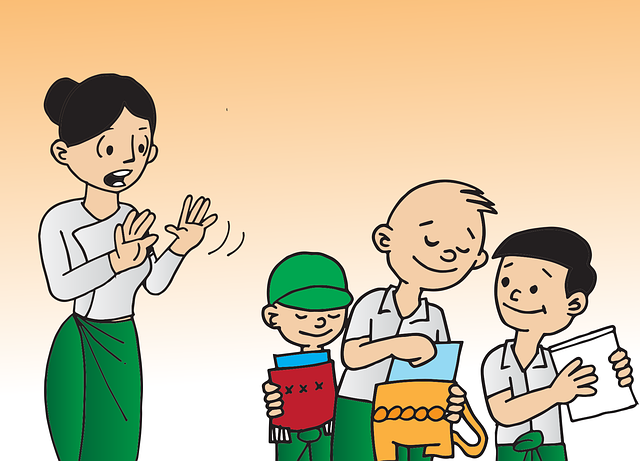
Description
In this activity, bring in a box of items that relate to the theme, pull
out each item, and have students discuss each item and then the items as a whole. Sometimes a single prop is all that is necessary to intrigue students and to introduce a theme


Vocabulary Scramble
Description
This is a pre-teaching vocabulary activity. Place a large number of words on the whiteboard in any order (scrambled) and all over the board (you may wish to write some words sideways, some up high, some down low), with a corresponding sheet of paper.
Invite students to define the words they know on the sheet of paper. Then invite students to share definitions of each word, and teach the learners the words that they do not know or recognize.
Have them write down those definitions as well.
As a follow-up activity, you may wish to do a “flyswatter game.” To do this activity, divide students into two teams. Each team is given a single marker and takes turns choosing a leader, who is handed a flyswatter. The leader and group must listen carefully to a definition of a word. A number of words are written randomly across the board. Tell students that the leader must choose the correct word by “swatting” the correct word faster than his or her opponent. The first person to swat the word receives a point for his/her team.
Here is an example
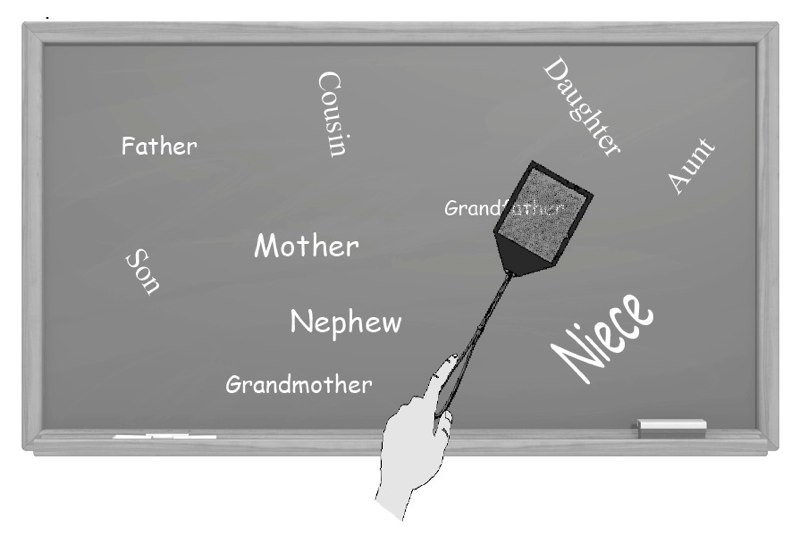

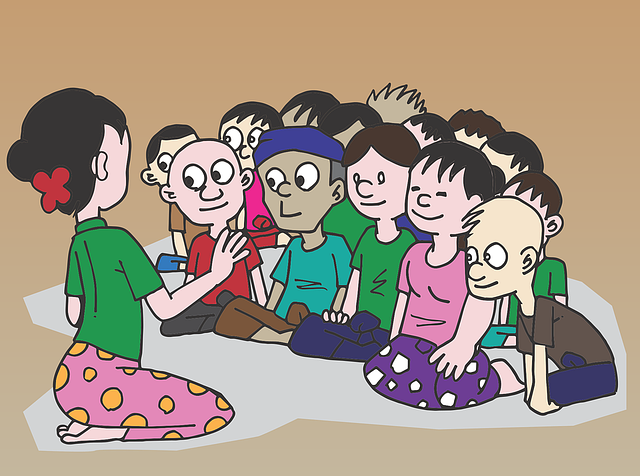
Warm-up with Dialogue
Description
Invite students to listen to a dialogue. The dialogue can be performed by two students, by you and a teacher, teaching assistant, or student. Tell students to listen carefully for key vocabulary and ideas. Have students summarize the dialogue on a separate piece of paper, then ask students to respond to the dialogue. As with all warm ups, the dialogue should include key vocabulary and themes for the lesson, and should invite students to think, talk, and predict.


Idiom Madness
Description
In this activity, introduce the theme or lesson by using one or more idioms that
relate to the theme. You might place them on the board or on a sheet of paper.
Invite students to respond to which ones they have heard of, which ones are new to them, and how they might use such idioms. Then invite students to think, talk, and predict the theme for the lesson.
Here is an example in English
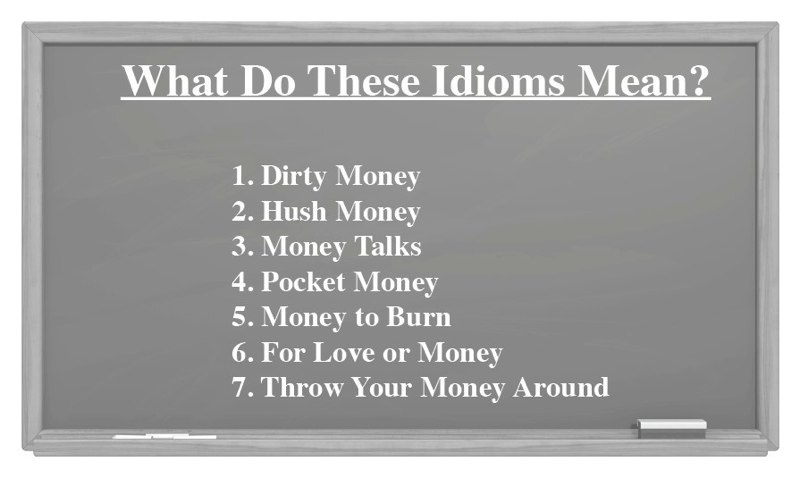

9 Must-Use Warm-Up Activities For Your Language Lessons
Value Lines
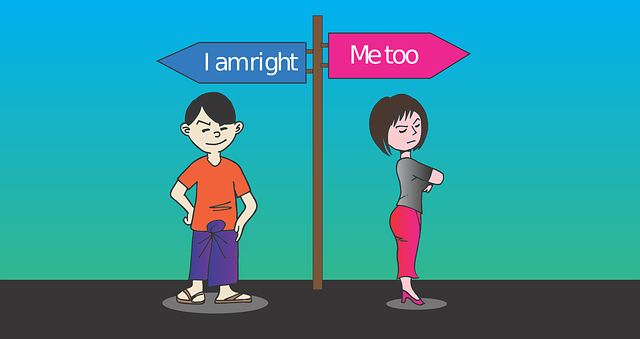
Description
In this activity, you will ask students a series of questions or statements that they can agree or disagree with. For example, for a theme on food, you could have a number of prompts such as:
• Do you love broccoli?
• Do you love ice cream?
• I eat a lot in the morning.
• I want to eat better.
• I eat when I am happy.
• I eat when I am sad.
There are several ways to have students show their agreement or disagreement.
First, you could simply have students hold up a thumbs up or for agree, or a thumbs down for disagree. You could also have them hold up different colored paper (for example: green for agree, red for disagree). Another way to have students rank the questions is by having value lines.
The advantage of the value lines is it allows students to strongly agree or disagree, or perhaps give a neutral answer.
Perhaps the most interactive way to have students agree and disagree is by having them line up as a classroom, often against a wall (as shown below). In this variation, show students that one side of the wall stands for agree (you might want to place a happy face or some other symbol there), and the other stands for disagree (place a sad face on that side of the wall). Explain that if you are in the middle of the wall, it means you neither agree nor disagree. Then invite students to line themselves up according to each question you have given them.
Here are 2 examples of value lines

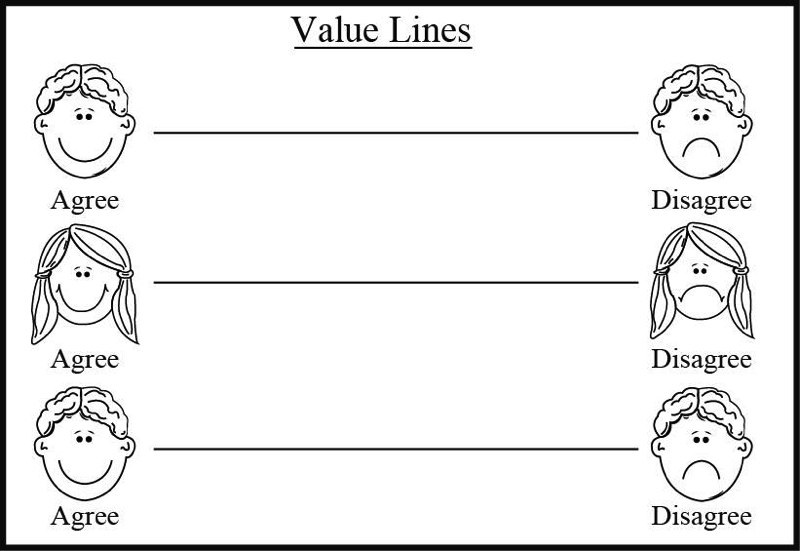
Here is a PDF Worksheet

9 Must-Use Warm-Up Activities For Your Language Lessons
Here are some other Lesson plan ideas Activities you can find on Language Advisor
Lesson plan Activities For Your Language Lessons



